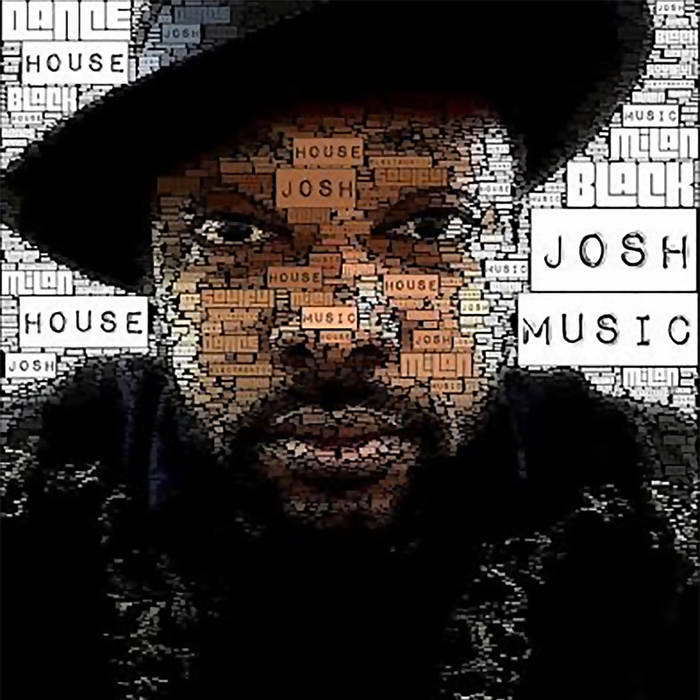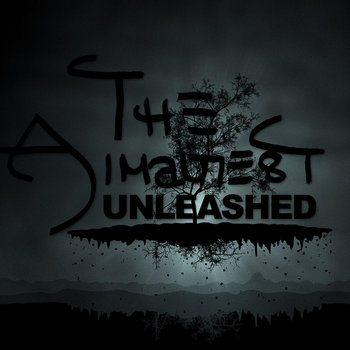
Written by Chris Cooke — While at heart a relatively simple concept, copyright law can quickly become a pretty complex thing, with all sorts of technicalities and jargon to navigate. Then there are the differences between different copyright systems around the world. As CMU Insights gets ready to present its latest masterclass – ‘The Key Developments In Music Rights’ – here are five bits of copyright jargon that have been very newsworthy in the last year.
1. Safe harbours
These have been the big talking point in the music rights community for a few years now, and topped the music industry’s lobbying agenda last year. The safe harbours basically say that internet companies whose customers use their networks or servers to distribute content without licence can’t be held liable for said customers’ copyright infringement, providing said companies have a system in place that allows rights owners to have infringing content removed.
The safe harbours – that sit in copyright law in the US and an e-commerce directive in Europe – originated in the 1990s, when internet companies pointed out that if they could be held liable for their customers’ infringement, and thus would need to monitor every bit of content a customer uploaded, that would prevent the roll out of internet services to a mainstream audience.
The music industry doesn’t object to the safe harbours in principle, just that companies like YouTube claim safe harbour protection, a fact that allows them to operate an opt-out rather than opt-in streaming service.
The fact that anyone can upload music to YouTube and – because of the safe harbours – it is the responsibility of the rights owner rather than the Google site to block or remove that content, means that it is hard for a record company to say, “right, that’s it, no more tracks on YouTube”.
The record companies and music publishers argue that YouTube has exploited that fact to secure much more favourable licensing deals from the music industry than opt-in services like Spotify. Despite the fact that YouTube arguably now competes head on with the subscription streaming services that pay way more money to the labels and publishers.
To that end, the music industry wants safe harbour rules rewritten so that user-upload services like YouTube no longer qualify. Despite safe harbours being reviewed Stateside, it seems unlikely that will happen there. However, the draft European Copyright Directive currently working its way through the law-making process does seek to increase the obligations of safe harbour dwellers of the YouTube variety.
2. Performer Equitable Remuneration
Copyright law provides copyright owners with a number of controls over their content – controls which can then be exploited for profit. But in addition to that, copyright law also often provides a number of ‘performer rights’, which give recording artists certain rights in relation to recordings on which they appear, even when they are not the copyright owner.
These are important because many featured artists assign the copyright in their recordings to a record label via a record deal, while session musicians are usually paid a set fee for their time and do not share in any resulting copyright or revenue that the label generates by commercialising their recordings.
Probably the most important performer right is Performer Equitable Remuneration. This is a rule that says that when a sound recording is exploited in a number of specific ways, any performers who appear on that recording are due remuneration at an industry-standard rate, oblivious of any contracts they may have signed with the copyright owner.
The way Performer ER works varies from country to country, but commonly where it applies any monies paid by a licensee that exploits a sound recording is split 50/50 – with half going to the copyright owner (probably a label) and the other half being shared between the performers, both featured artists and session musicians. The performers’ half will be collected by a collecting society and paid directly to the performers. In the UK, collecting society PPL handles all this, working for both labels and artists.
Performer ER generally applies when the ‘performance’ and ‘communication’ controls of the copyright are exploited, what are sometimes called the ‘performing’ or ‘neighbouring’ rights. So that would include radio and whenever recordings are played in public, at clubs, shops, bars, work places etc. It’s worth noting that for the record industry at large, this element of the sound recording copyright brings in relatively modest sums: 14% of recorded music revenues in 2015 according to IFPI. However, for some artists – and especially session musicians – Performer ER can be a key income.
A big debate of late has been whether or not Performer ER should apply to streaming income. Most people agree that a stream in part exploits the communication control of the copyright. But labels generally argue that the stream actually exploits the so called ‘making-available’ control – a sub-set of the communication control – and that Performer ER therefore does not apply. Many artists and managers do not agree.
3. Reversion Rights
When artists and songwriters – especially new talent – sign with a label or publisher, they often assign the copyrights in their recordings and songs (or elements of the copyright, in the case of songs) to said business partner, in return for an advance and investment.
That means the label or publisher becomes the copyright owner. The assignment may be for a limited period of time, after which the rights revert to the artist or songwriter, or it might be for ‘life of copyright’, which means the label or publisher will own the copyright until it expires.
Plenty of artists have assigned the rights in their early work to labels or publishers for life of copyright – in order to unlock investment – and then later regretted it. You can always try to renegotiate with your label and publisher and try and get some of your rights back, maybe by agreeing to re-sign once you have delivered all the recordings or songs due on first contract. But you can’t be assured said label or publisher will agree to that deal.
However, under US copyright law there is a ‘termination’ or ‘reversion’ right that says that, 35 years after you signed an assignment deal, you can end that arrangement and get your rights back. This was added to American copyright law in the 1970s so is only just coming into effect (because the period of time before the reversion right kicks in is longer for copyrights that had been assigned before the new right was introduced).
That means that the music industry is still working out quite how the reversion right works. Does it apply to recordings as well as songs? It depends on how you classify a record deal. And how do the formalities and limitations of the reversion right actually work in practical terms?
Though from a UK perspective the big question is this: what if you are a British songwriter who signed a deal with a British publisher under English law? The reversion right clearly doesn’t apply to your entire deal, but does it apply in the US? Which is to say can you claim your rights back just in America? Songwriters reckon “yes”, some publishes reckon “no”. Duran Duran took this issue to court last year and lost – though that case, and the wider debate, is not yet fully resolved.
4. Consent Decrees
Sometimes the music industry licenses directly and sometimes the music industry licenses collectively. Where collective licensing applies, collecting societies like PPL and PRS license on behalf of (more or less) all rights owners. A licensee does a deal with the society, which collects the money and distributes it to artists, labels, songwriters and publishers.
There are benefits to collective licensing for both rights owner and licensee, though when all record labels or all music publishers license as one, that can create competition law concerns, because the collecting society basically has a monopoly. If you’re a radio station, only PPL and PRS can license you (recordings and songs respectively), so if you can’t do a deal with them you are stuck.
To overcome these competition law concerns, some copyright systems apply extra regulation to collective licensing, possibly forcing mediation where rights owners and licensees can’t agree on royalty rates. In the UK that mediation happens via a court called the copyright tribunal.
In the US, the two big song right collecting societies – BMI and ASCAP – are regulated by these things called consent decrees, which were written in the dim and distant past, and which restrict BMI and ASCAP’s deal-making powers, not least by empowering the ‘rate courts’ to ultimately decide what royalties licensees should pay.
The music industry reckons that the consent decrees are now outdated and unfair, and drive down the value of the song catalogue. A particular gripe of the big publishers is that the consent decrees stop rights owners from picking and choosing what kinds of licensees BMI and ASCAP can license, which means anyone seeking to exploit the performing rights of a song copyright can demand a licence from the two societies.
The big publishers wanted to force digital services into direct deals – as has happened with Anglo-American repertoire in Europe – but the consent decrees say that picking and choosing isn’t allowed, the only way to stop licensing digital services through BMI and ASCAP would be to stop licensing everyone through BMI and ASCAP.
With this in mind, the publishers persuaded the Department Of Justice to review the consent decrees. But during that review they then failed to persuade the DoJ to actually make any changes. Meaning this debate is very much ongoing.
5. 100% Licensing
At the end of its consent decree review, not only did the DoJ refuse to reform the rules regulating BMI and ASCAP, it declared that under existing rules the two societies were obliged to operate a 100% licensing system. Some licensees had asked for this clarification during the review. BMI and ASCAP insist the DoJ got it wrong.
Many songs are co-written and therefore co-owned by different writers and publishers. In the US, a songwriter decides which collecting society to join, BMI or ASCAP, or the smaller SESAC or GMR. Collaborating songwriters may be members of different societies, meaning one song might be repped by both BMI and ASCAP, eg the former controlling 40% and the latter 60%.
Under the current system – called fractional licensing – for a licensee to play that song, they would need a licence from both BMI and ASCAP. But under a 100% licensing system the licensee could play the song with just one of those licences, paying 100% of the royalties to that one society, which would then be obliged to pass on whatever was due to the other society.
Under US copyright law, with direct licensing, such 100% licensing is the default position – any one co-owner can license on behalf of the other co-owners. However, agreements between collaborating songwriters to not do so, means that while that might be technically the norm, in practical terms it is not. Which – BMI and ASCAP argue – is why they must operate a fractional licensing system too.
BMI and ASCAP have pledged to fight the DoJ’s ruling on 100% licensing, respectively through the courts and Congress. And that process is very much underway.
Click here to read more from this article's source.












































